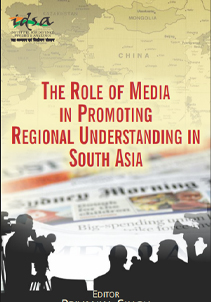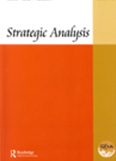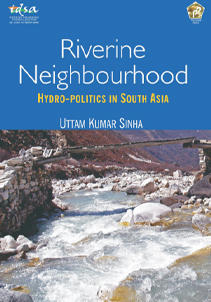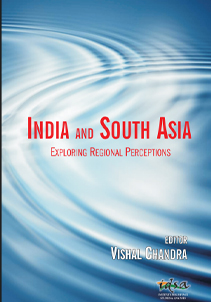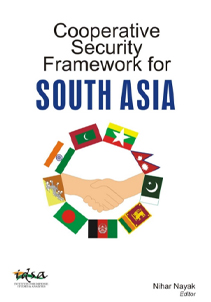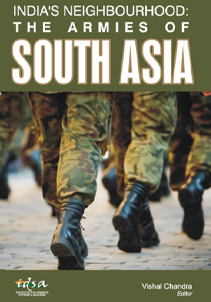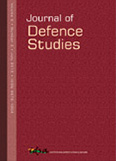The Role of Media in Promoting Regional Understanding in South Asia
- Publisher: Pentagon Press
This book collates a wide spectrum of views across South Asia, including Myanmar, and debates the role of media in forging regional understanding and goodwill. The media's role in South Asia is essentially conceived as state-centric, adhering to the standard templates of nationalism. This inherent tendency has, at times, cost neutral and balanced coverage of events and issues. The contributors to this volume acknowledge the potential of the media as an institution which could/should, in addition to its routine reportage, focus on regional issues of common interest and promote regional understanding.
- ISBN 978-81-8274-868-2,
- Price: ₹ 995.00
- E-copy available


